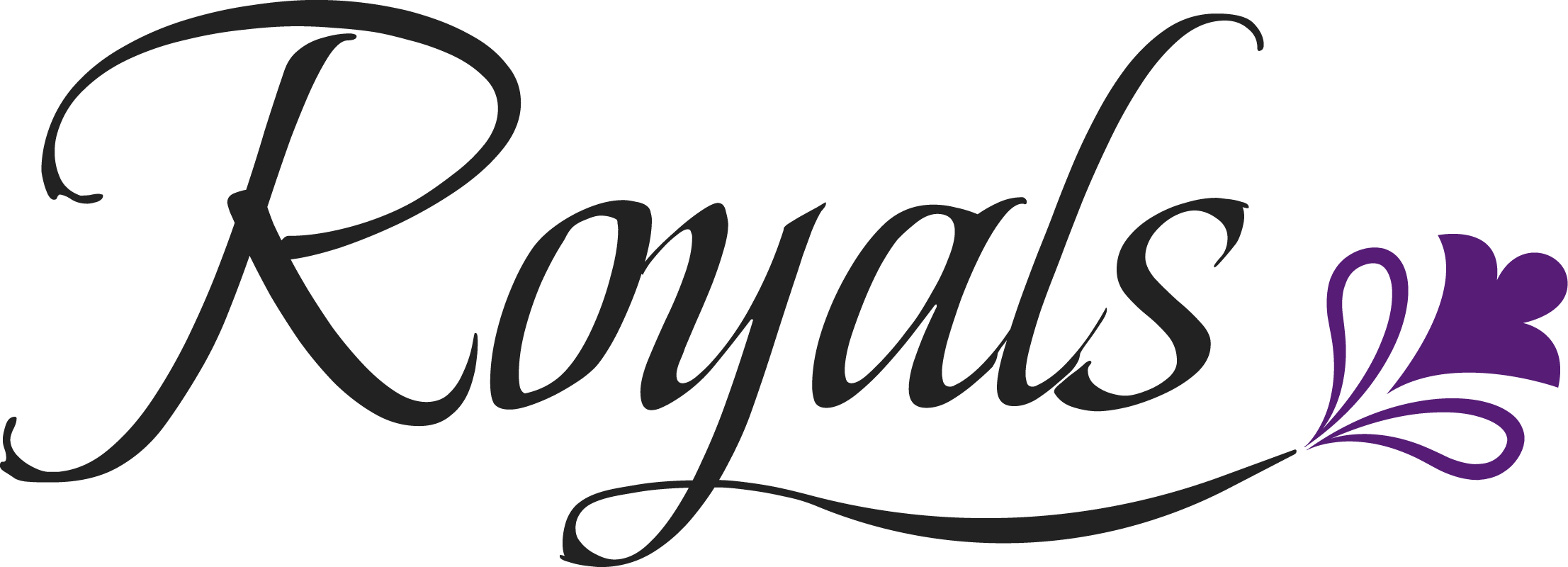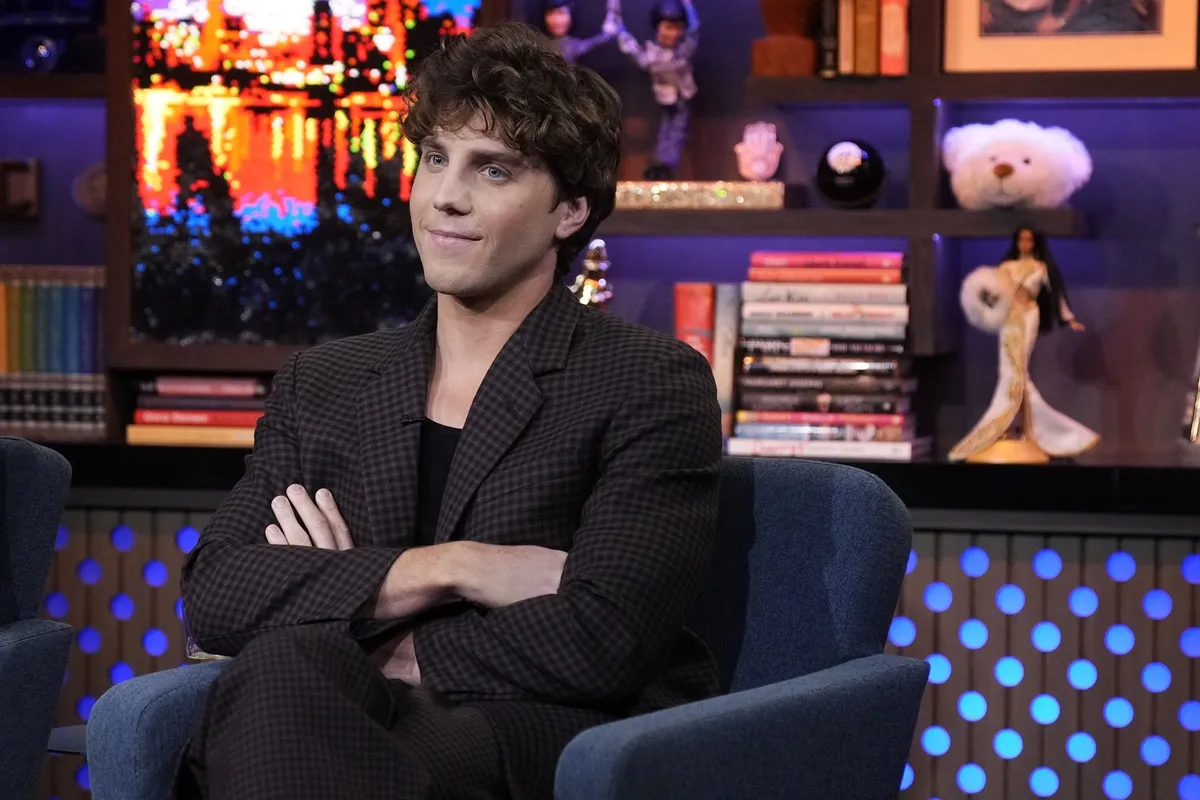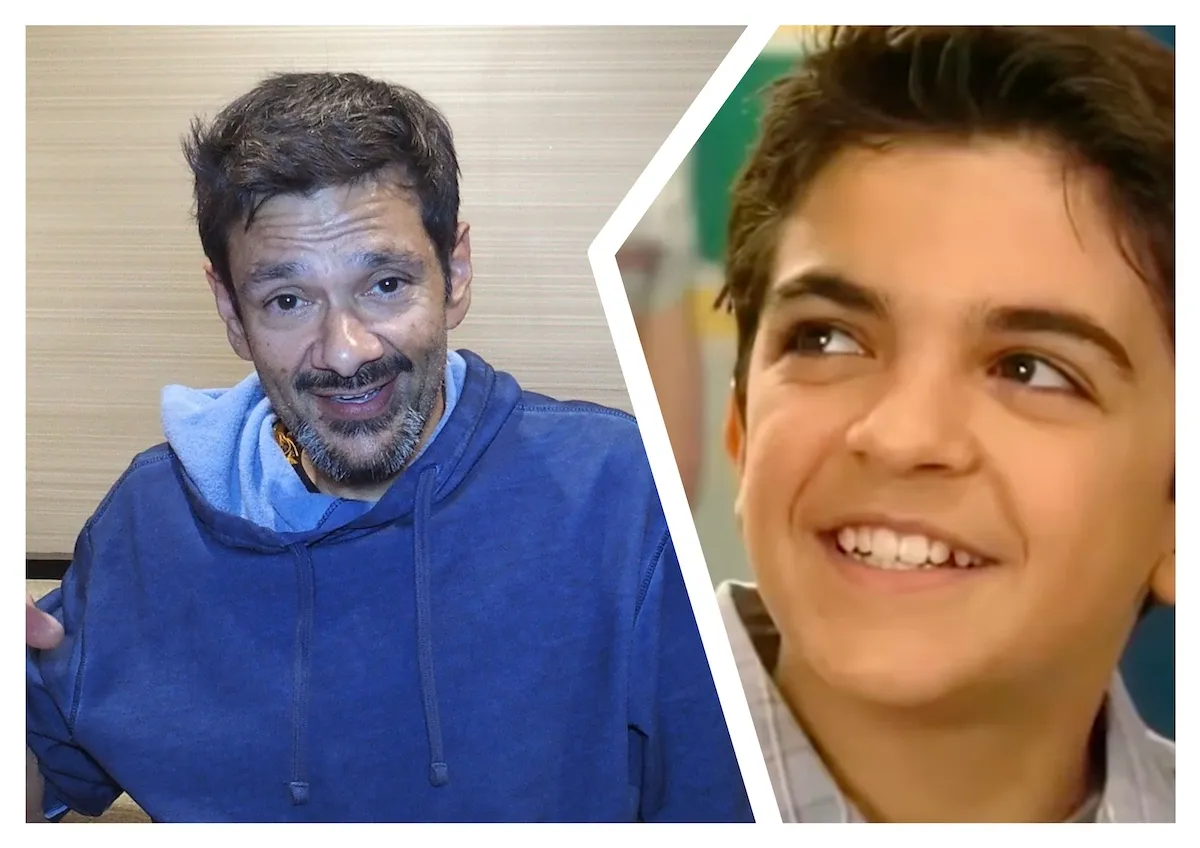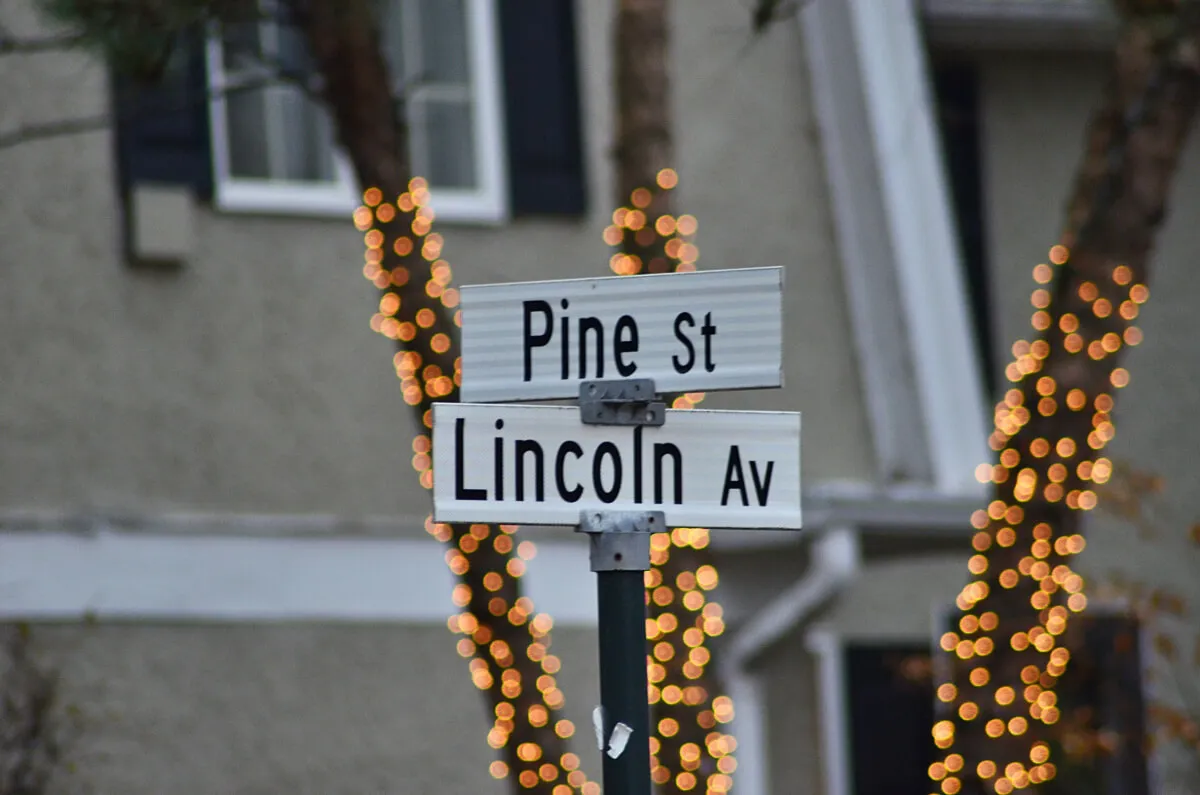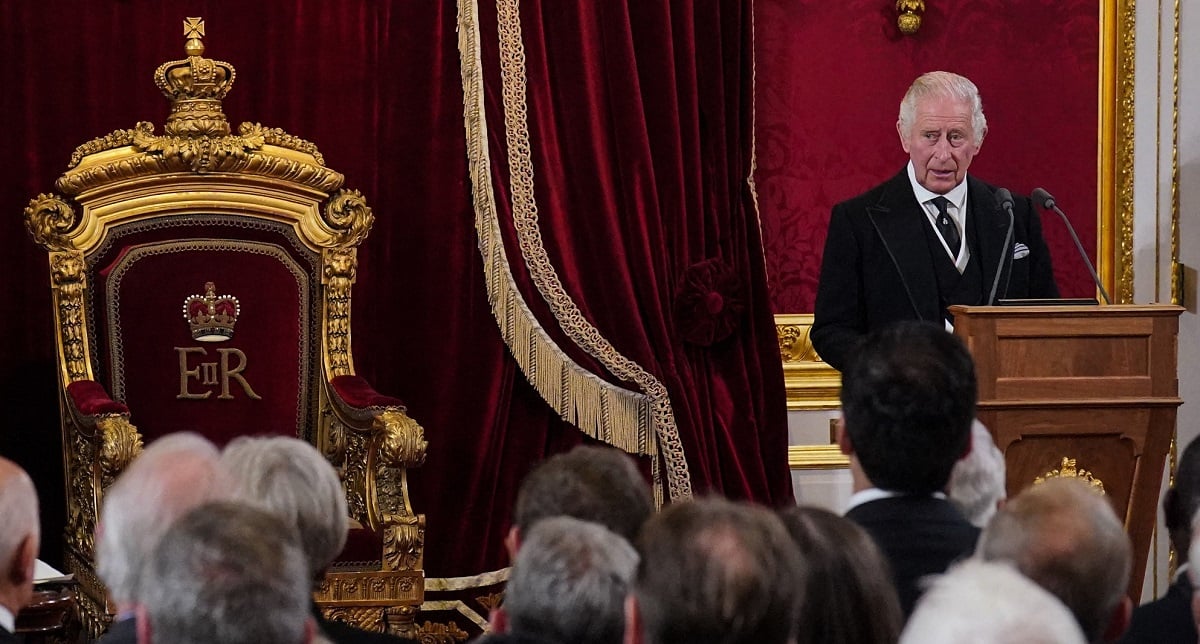
Body Language Expert Explains That King Charles Is ‘Ready for Monarch Role’ But Still Relies on Another Royal for Confidence
Upon Queen Elizabeth II’s death, her eldest son became King Charles III. The role of Britain’s monarch is one Charles had been preparing for almost his entire life. Now, a body language expert who has analyzed footage of Charles over the years observed that he has shown signs of “uneasiness” and “vulnerability” and in certain settings relies on another royal for confidence.
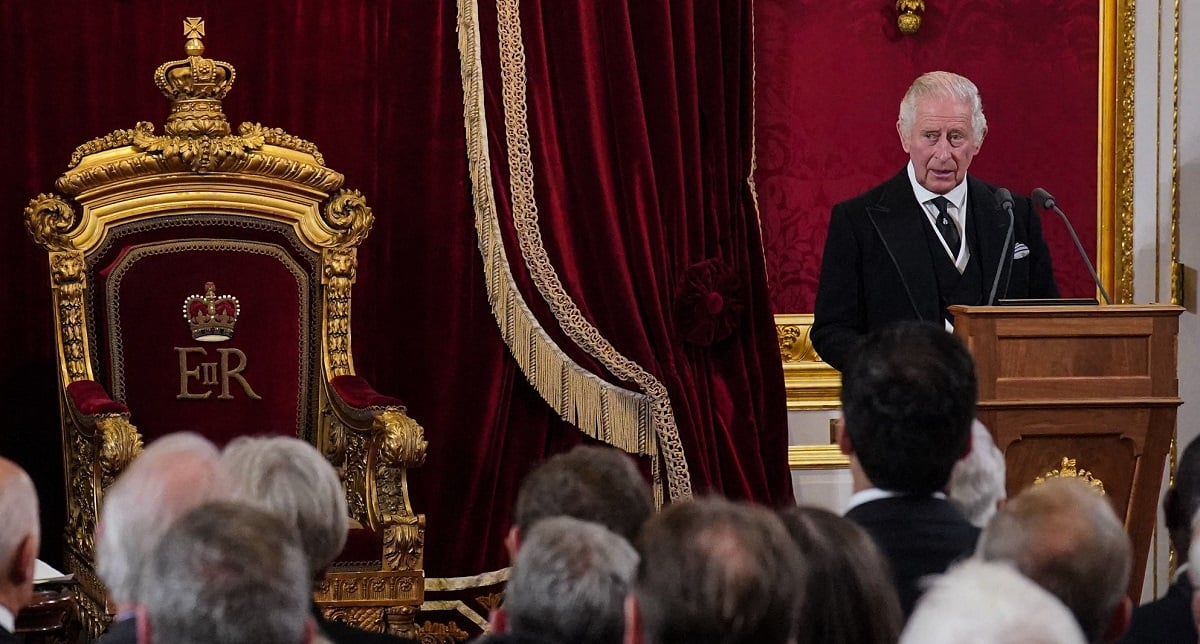
After showing ‘uneasiness’ and ‘vulnerability,’ King Charles is ready for ‘monarch role’
Darren Stanton is a body language expert and former police officer with a degree in psychology, who used his expertise to uncover the truth when interviewing hundreds of suspects. He later moved into media and TV as a consultant and has appeared on several programs including BBC’s The One Show.
Speaking on behalf of Betfair Bingo, Stanton compared Charles’ demeanor and gestures as far back as his Prince of Wales investiture to today.
“When we look at the body language of Charles as a young man in 1969, he displayed a lot of distress signals,” Stanton explained. “Not distress in the true sense of the word, but distress in terms of a real deep lack of confidence. At the time, he made a gesture that he hasn’t for many years, which is to do with his hands.
“During the ceremony, he was often seen doing something called hand ringing, which is a signal someone makes when they feel nervous. It’s a self-assurance gesture but on a very high level of the anxiety scale. He also appeared very uncomfortable speaking to the cameras. While analyzing his blink rate, I noticed that he tended to blink quite a lot. His speech also seemed to be quicker, which could have been linked to his lack of confidence and experience in speaking to the camera. If we think back, it was a totally different era and a lot of royal protocols were in place. He was obviously very conscious of making a mistake in public. At the time, Charles definitely displayed a number of signals, which showed a real lack of confidence, uneasiness, and vulnerability.”
Stanton continued: “In terms of his posture and demeanor now, Charles is a lot more statesmanlike. He seems a lot more confident in the way he stands. Nowadays, he tends to stand upright, with his shoulders back and his posture straight. Again, he comes over with a lot more confidence and self-reassurance. He tends to be a lot more sporadic and moves more quickly. We don’t see that many pacifying gestures now as we once did back in 1969.”
The expert also noticed changes in Charles since his mother’s death that show he is becoming more confident in himself.
“In terms of non-verbal signals, his levels of confidence whilst interacting with other statesmen and senior politicians has developed greatly,” Stanton noted. “Charles was never a man who came over as entirely confident, which was evident in his engagement interview with Princess Diana. However, certainly, since the passing of the queen, we have seen a number of developments in his overall self-assurance and confidence levels.
“There has generally been a decrease in the level of pacifying gestures, which are often used in moments of self-reassurance, for example biting our lip or touching our face. The classic ones I’ve previously observed with Charles is that he used to place his hand inside his jacket. Also, King Charles used to play with his cufflinks quite a lot, which is a pacifying gesture. The fact that he does not show these gestures anymore tells me that he has become more confident — not only in his role, but also within himself.”
Who the king still ‘relies on for confidence’
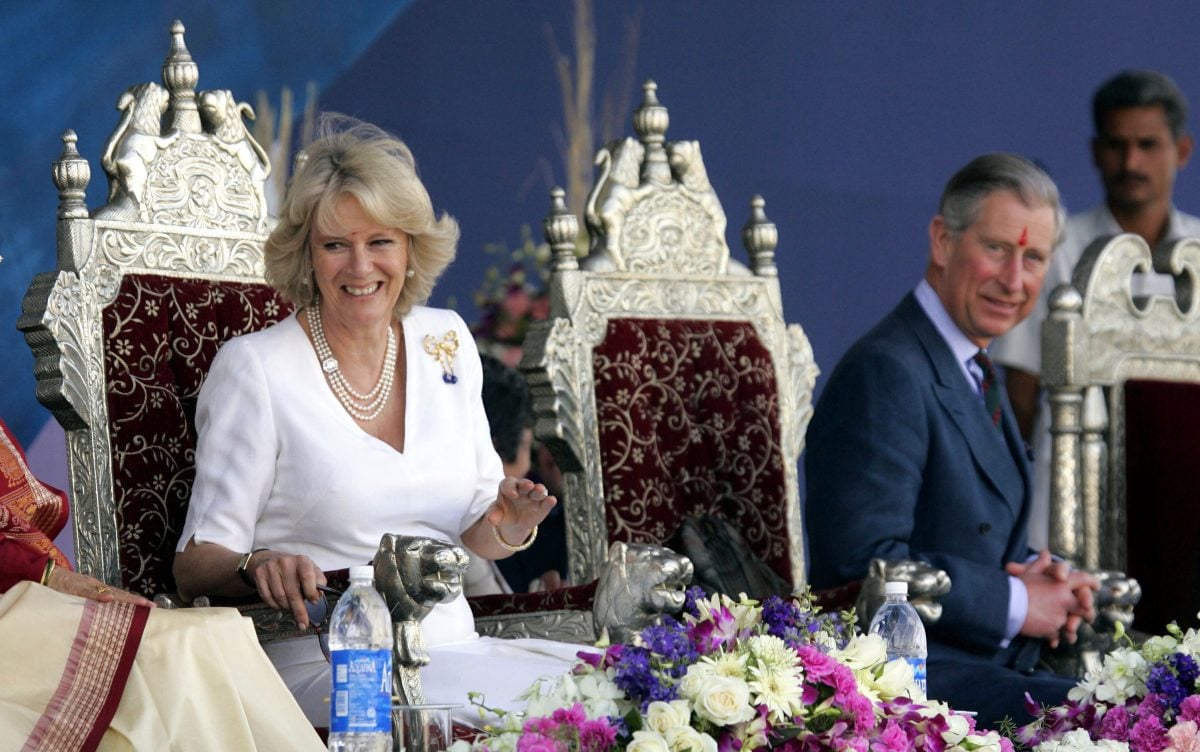
However, Stanton said that the king still leans on another royal from time to time during public events and that is his wife, Queen Camilla (formerly Camilla Parker Bowles).
According to the body language expert, “Camilla has also played an important part in Charles’ development. During their joint engagements, I have noticed that his confidence also flows from Camilla. She is never far from his side and if she is not in his sight, he generally finds himself looking for her. It demonstrates the two are a very strong couple. I think Camilla is effectively his rock or backbone in regards to giving him advice. He does look to Camilla for a great deal of strength, especially when he’s in the public eye. As Charles is quite an introverted person, I don’t believe he is the biggest fan of public speaking, whereas Camilla does love talking and interacting with members of the public. I feel that this is a quality Charles admires and respects in his wife.
“I feel that now more than ever Charles feels confident and reliant on Camilla, as the two can be totally honest and authentic in the way they care for each other. It’s clear from the glances that they give each other while out in public that they are very much in love, and enjoy a great sense of humor together.”
Showbiz Cheat Sheet acknowledges conditions and cultures can impact body language and is sensitive to all backgrounds.
